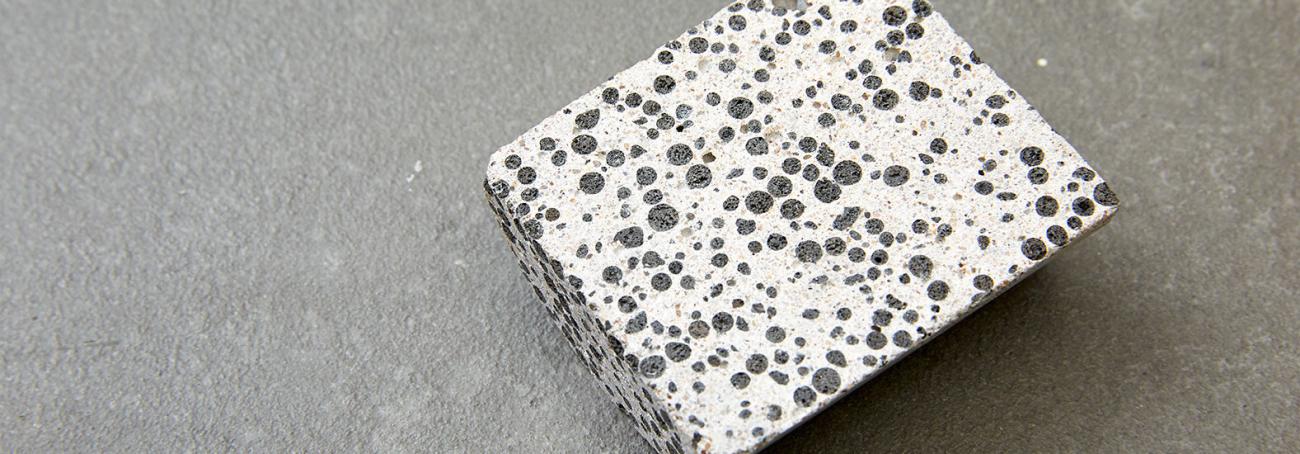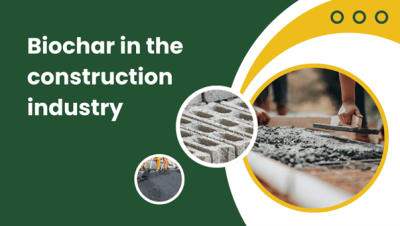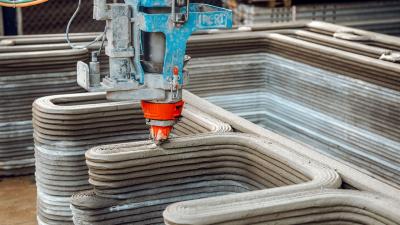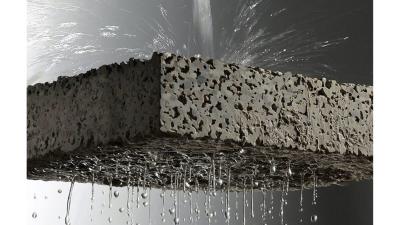
The Environmental Impact of OPC
OPC production is highly resource-intensive, requiring significant amounts of raw materials and energy. For every ton of OPC manufactured, nearly one ton of CO2 is released, contributing heavily to global greenhouse gas emissions. The environmental drawbacks extend beyond production to the lifecycle of concrete structures, where exposure to aggressive environments accelerates degradation, leading to frequent repairs and replacements.

Nanomaterials and Self-Healing Concrete: A Synergistic Approach
Self-healing concrete, designed to repair itself after damage, has emerged as a promising alternative to conventional concrete. By incorporating nanomaterials—particles smaller than 500 nm—into concrete, researchers have unlocked new possibilities for creating durable, energy-efficient, and environmentally friendly building materials. Nanomaterials enhance the concrete's mechanical properties, improve crack recovery, and offer superior resistance to corrosion and other environmental stressors.
 |
 |
Mechanisms of Self-Healing in Nanomaterials-Based Concrete
Nanomaterials enable self-healing through various mechanisms, including:
The incorporation of nanostructures, such as nanoparticles, nanotubes, and nano-coatings, into concrete enables these healing mechanisms, significantly extending the material's lifespan.

Sustainability Benefits of Nanomaterials-Based Self-Healing Concrete
Nanomaterials-based self-healing concrete aligns with sustainable development goals in several ways:
Production and Economic Feasibility
Nanomaterials can be produced through two main approaches:

While the production of nanomaterials incurs higher initial costs, ongoing advancements in nanotechnology are driving down prices, making self-healing concrete a cost-effective option in the long term.
Advantages and Challenges
Advantages:
Challenges:
Future Prospects and Trends
The rapid advancements in nanotechnology are paving the way for more efficient and affordable self-healing concrete solutions. Future research aims to address scalability challenges, improve production methods, and explore the integration of smart sensors for real-time monitoring of structural health.
Conclusion
Nanomaterials-based self-healing concrete represents a transformative step toward sustainability in the construction industry. By combining cutting-edge nanotechnology with self-healing capabilities, this innovative material addresses critical challenges such as carbon emissions, durability, and maintenance costs. As research and development continue, nanomaterials-based self-healing concrete is poised to become a cornerstone of eco-friendly construction, paving the way for a greener, smarter, and more sustainable future.
Source: Science direct

New Material 19/10/2025
What if concrete could store instead of emit carbon? From rice husks and wood humus to coffee grounds, biochar is moving from agriculture to construction sites, turning by-products into functional grains for cement matrices. Biochar concrete is therefore considered a "new generation candidate": both reducing the carbon footprint of the life cycle and refining the microstructure to optimize performance – as long as the right dosage – is used.

New Material 02/03/2025
3D concrete printing technology is becoming a prominent trend in modern construction. It is widely applied not only in civil engineering projects but also in transportation, offering numerous benefits such as labor cost savings, reduced construction costs, and the ability to create unique architectural designs. This article will explore this technology, the 3D concrete printing process, and how it is applied in residential construction.

New Material 07/02/2025
Pervious concrete is a type of concrete that's porous and allows water to pass through. It's often used in driveways and other flatwork applications

New Material 22/01/2025
Prestressed concrete has revolutionized modern construction by enhancing the structural performance of concrete members. This guide delves into the concept, methods, and advantages of prestressed concrete, providing essential technical details.

New Material 16/12/2024
Trúc Chỉ is a creative type of handcrafted paper from Vietnam that combines traditional papermaking techniques with modern artistic innovations. This paper is not only functional but also holds high aesthetic and cultural value. So, what is Trúc Chỉ, and where does it originate? Let’s explore this unique art form in detail below.